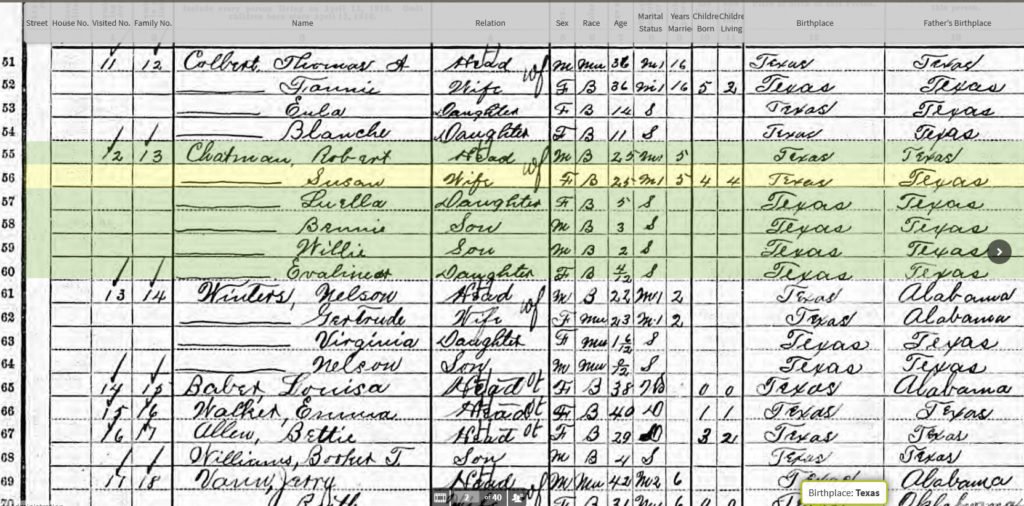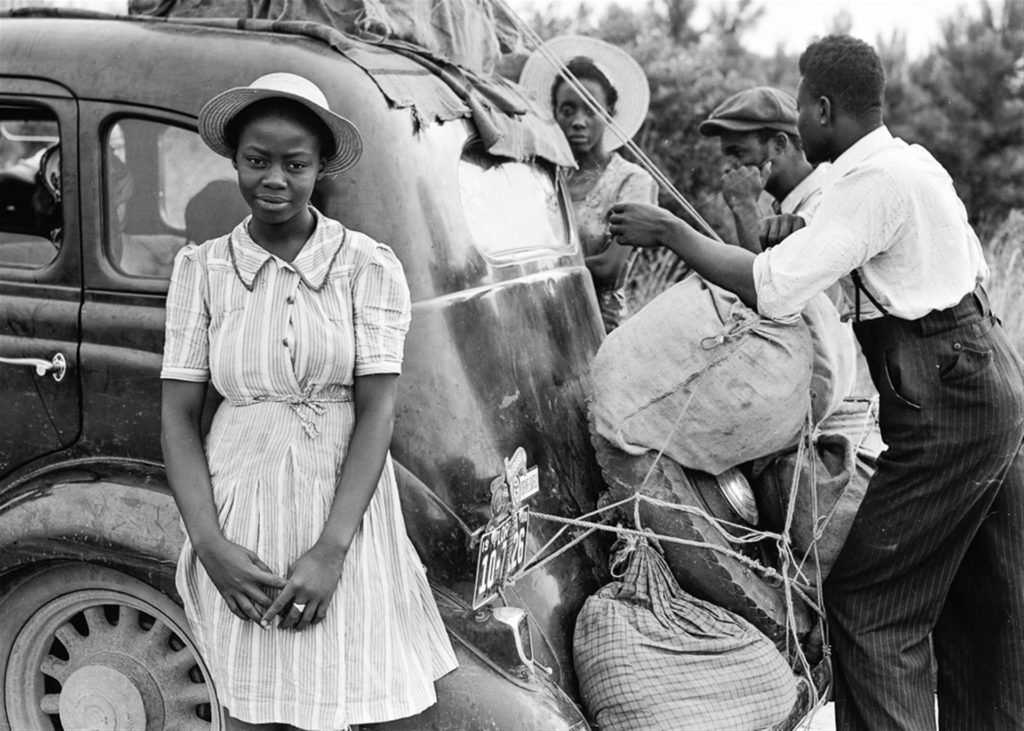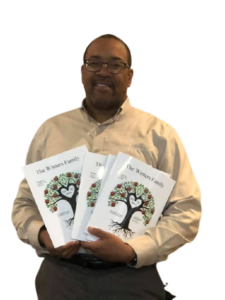Tracing our lineage can be exciting and rewarding as we uncover the stories of our ancestor’s past. There is nothing like finding your early African American relative in a historical record. But how do we go about finding those early African American Families? Through Community Clustering!
Congratulations! This is how you feel when you’ve discovered that valuable genealogy record for a family member. Was it a marriage record, a birth certificate, or was it a census record? Did you look at the other families living next to them if it was a census record? If not, you have just missed a potentially valuable clue. That is the existence of early African American communities, their family, friends, and others with who they may have associated. This is what we refer to as community clustering. If you are diligent, you could even find clues to additional family members and potentially knock down those research brick walls.
So after adding your newly found information to your tree, take a breather. After all, you deserve it. You’ve just been rewarded for your unrelenting dedication. Now it’s time for the next steps.
Times were different in the late 1800s and early 1900s. Most likely, our ancestors back then had challenges, so they tended to live near other family members for support. For various reasons, they couldn’t always decide to relocate themselves on a whim to a different area, city, or state. Because of this, with proper use, we can use those early US Census records to locate our family. Just keep in mind that you might not be familiar with or immediately recognize every surname.
Finding Family in the Census

I had long discovered my great grandparents Nelson Winters Sr and his wife Gertrude in the 1910 Census enumerated on May 6, 1910, living in Washington, Texas. It was exciting! Oh, the information I was able to glean from my finding! I discovered their ages, that their parents were from Alabama, and that they had been married for 2 years. I also see that Gertrude was…(GASP) Mullatto!?!?!
That meant that she was of mixed race! Was she Indian, was she white, German? I had so many questions. Then I see their first 2 children (my grandmother wasn’t born until 1920), and it also lists them as Mullatto. Their daughter Virginia was only 1 and a half years old, and their son Nelson was just born.
There was so much information that I had to take some time to process it all. When I discovered this, I didn’t know of Nelson Sr’s parents, James Winters and Senora Scales. I would discover that later. I was just blissfully content with my findings and extremely proud of myself. The truth is that I was green and inexperienced.
Community Clustering

So many beginning researchers make the same mistake that I originally made. They find their relatives in a certain census record, and then they think they are finished with that record. However, that can lead to self-imposed brick walls. Experienced researchers will tell you to ALWAYS look at the people surrounding your relatives. If not, you can potentially miss discovering additional ones. Why is this? The reason being that people shown in the lines above and below your relatives in the census are their neighbors. More than likely, these can be family members, friends, or at least associates. The chance of some type of community relations with those neighbors is high.
I spent years on my tree, only to eventually discover that sometimes other relatives were right there on the same Census page. l had located the particular name(s) I was looking for, then filed that document as reviewed. In the 1910 Census for Washington, Texas that is shown above, we find my great grandparents Nelson and Gertrude Winters.
The people shown immediately above Nelson Winters are Robert Chatman and his wife, Susan Chatman. Years of research have revealed that they are the parents-in-law of Nelson’s niece, Lottie Winters. Lottie is the son of Nelson’s brother Jeff Winters.
The person below Nelson and Gertrude is listed as Louisa Baber. Research on her shows that Baber is her married name. Her maiden name is Winters, and yes, she is Nelson’s older sister.
Walker is the married surname of one of the slaveholders who moved to Texas from Mississippi. To learn of the Walkers, start with this blog here.

On the previous page, we find Erasmus Lathan and his wife, Bettie. We see that they have been married for 9 years and have 4 children so far. Bettie’s maiden name? Winters and she is Nelson’s older sister. There are quite a few other names on the page, and each one would need to be explored.
Breaking through the Brick Walls.
There is an Easter egg on the page above, as we also see Lewis Hogan and his family. While I haven’t found a relationship with him yet, his last name is a strong clue. He is listed as being Mullatto, and my research has shown me that our ancestors’ slave owner was Arthur Smith Hogan. Arthur’s 1849 Last Will and Testament listed the names of each of his 80+ slaves and which of his children they would go to. Our relatives traveled to Texas in 1861 with his daughter Sarah Hogan, who married, wait for it. Thacker Winter. There is a series on Arthur that starts here.
This is why you need to go 10 pages forward, and 10 pages back when reviewing a census. It’s called community clustering. So you say that you’ve hit a brick wall? Go back and look at the US Census records for the people you have already found, especially the older ones, 1870, 1880, 1900, 1910. The answer could be right under your nose. You can thank me later.


